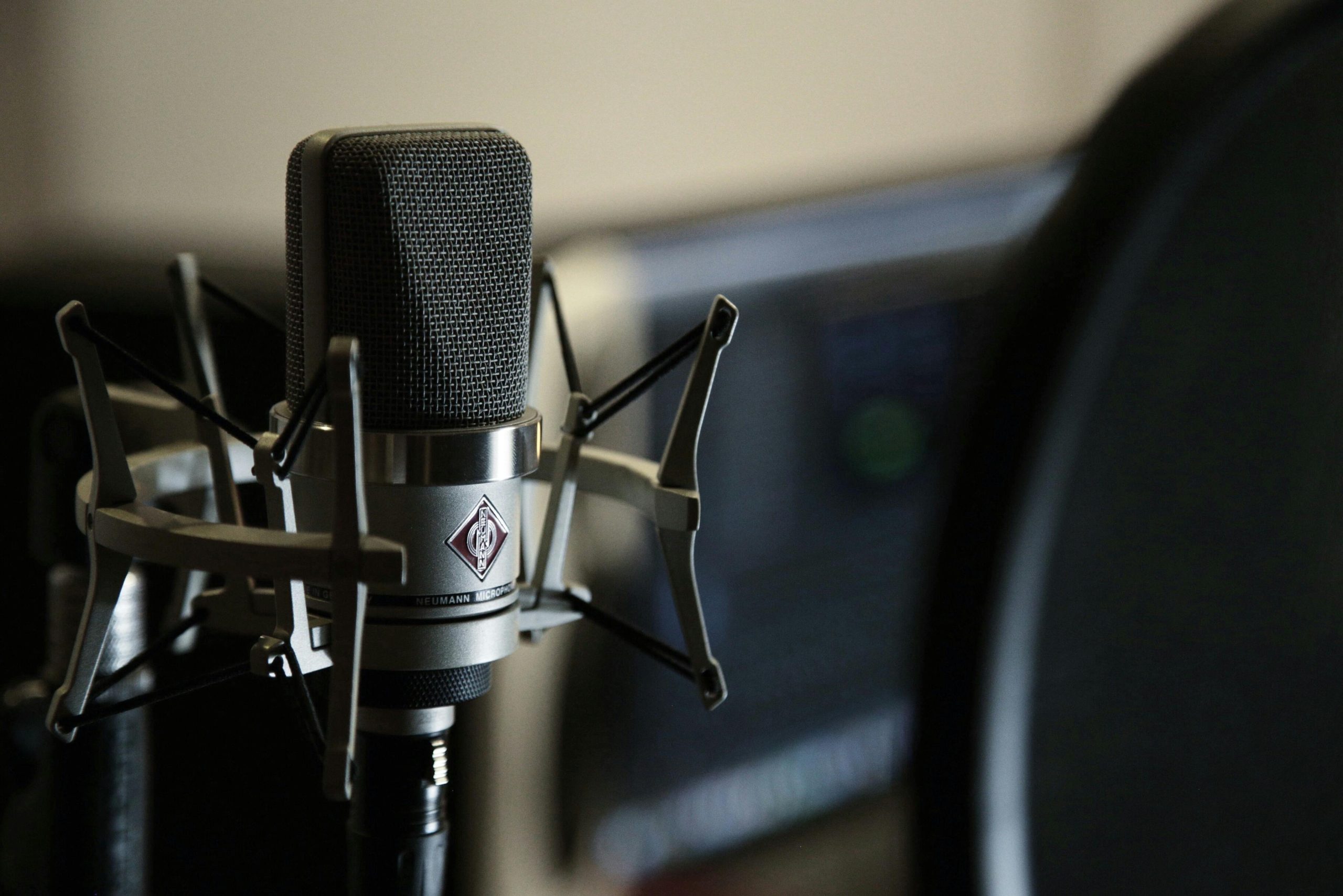In today’s competitive music industry, standing out from the crowd is more challenging than ever. Whether you’re an independent artist, producer, or manager, mastering the art of music pitching is crucial. A great track is just the beginning. The real game-changer lies in how effectively you pitch it. At NotNoise, we’ve seen how strategic, creative music pitching can turn an overlooked artist into the next big discovery. This article dives deep into seven creative music pitching ideas that can capture the right ears, build professional momentum, and help you get the recognition your music deserves.
1. Personalize Every Pitch Like a One-on-One Conversation
Mass emails and generic templates often go ignored. One of the most effective music pitching strategies is personalization. Research your target—whether it’s a playlist curator, music blogger, sync agent, or label executive. Know their style, their past picks, and the tone they prefer.
Start your pitch with a reference to their work. Mention a playlist they curated that aligns with your song or an article they wrote that inspired you. This shows you’re genuinely interested and not just firing off blind submissions. A personalized approach significantly boosts open and response rates, making your music pitching far more impactful.
2. Use Storytelling to Build Emotional Connection
A song isn’t just a product—it’s a story. Pitch your music with context that captures hearts and minds. What inspired the song? Did a life event, cultural movement, or social cause influence its creation? Share that story briefly but powerfully.
Narrative-driven music pitching is memorable. When curators, supervisors, or A&Rs feel emotionally connected to your track, they’re more likely to give it a chance. This approach transforms your music from background noise into a conversation starter and gives your pitch a compelling edge.
3. Create a One-Page Electronic Press Kit (EPK)
Your music pitch must be easy to digest. A cluttered email with multiple attachments and long descriptions won’t cut it. Instead, create a clean, single-page EPK. Include your artist bio, high-res press photos, social media links, a link to your track (preferably via a private SoundCloud or streaming link), recent achievements, and any relevant press mentions.
Keep it simple and sharp. Use consistent branding and formatting. An effective EPK is a central part of music pitching, acting as a professional snapshot of who you are and why you matter.
4. Pitch Music for Sync with Visual-First Thinking
Sync opportunities in TV, film, games, and ads offer immense exposure and income potential. To pitch for sync effectively, think like a music supervisor. Ask yourself: how does this track enhance a scene? What mood or emotion does it evoke?
When crafting your pitch, describe the song’s cinematic potential. Include lyrics, tempo, genre, and themes. Offer instrumental versions alongside the main track. Highlight how your music fits emotional tones like tension, joy, heartbreak, or triumph. A sync-ready mindset elevates your music pitching beyond basic submissions and into a creative collaboration.
5. Leverage Micro-Influencers and Playlist Curators
Not all curators sit at the top of Spotify’s editorial ladder. Micro-influencers and indie playlist creators often have more engaged audiences and are more accessible. Find niche curators who align with your genre or artistic vision.
Build relationships first. Follow them, engage with their posts, and comment meaningfully before pitching. When you’re ready to send your music, tailor your approach based on their preferences and playlist tone. Music pitching at this level is about building rapport, not just exposure.
6. Host a Virtual Listening Party with Industry Guests
Want to turn your pitch into an event? Organize a virtual listening session where you debut your new track to a select group of tastemakers, curators, and industry professionals. Send personalized invites, create a visually appealing digital flyer, and offer behind-the-scenes insights during the event.
This approach gives your music pitching a live, human touch. It allows for real-time feedback and connections that an email alone can’t provide. Follow up afterward with thank-yous and a clean, professional EPK to keep the momentum going.
7. Collaborate with Visual Artists to Elevate Your Pitch
Visual content grabs attention fast. Consider partnering with a visual artist, animator, or video editor to create a short, visually arresting teaser for your track. It can be a 15-second animation, a lyrical video clip, or a minimalist aesthetic reel designed for Instagram or TikTok.
Attach this teaser to your pitch to make it stand out in crowded inboxes. Music pitching that includes strong visuals gives the recipient an immersive experience and a better sense of your artistic identity. It also shows that you’re committed to your craft on multiple creative fronts.
Final Thoughts
Music pitching is more than just sending out tracks—it’s about communication, connection, and presentation. With a saturated industry landscape, creativity in how you pitch can be as important as the quality of the music itself. By personalizing your messages, incorporating storytelling, building professional press kits, and leveraging new forms of content, you can break through the noise.
At NotNoise, we believe the right pitch can be the turning point in an artist’s journey. Don’t settle for generic outreach. Use these seven music pitching ideas to spark real attention and forge authentic industry relationships. The spotlight doesn’t wait—go claim it with confidence, strategy, and creative drive. We update our homepage regularly with new features and highlights.
Frequently Asked Questions
1. What is music pitching and why is it important?
Music pitching is the process of presenting your music to industry professionals such as curators, A&Rs, sync agents, or media outlets. It’s essential because even the best songs need visibility and endorsement to reach wider audiences or gain opportunities like playlist placements and sync deals.
2. How do I know who to pitch my music to?
Start by identifying professionals who align with your genre and goals. Look for playlist curators, indie radio hosts, music bloggers, sync licensing agencies, and label scouts. Use platforms like SubmitHub, LinkedIn, and social media to research and connect.
3. Should I pay for music pitching services?
It depends. While some paid services offer legitimate value, such as direct access to curators or data insights, others may not be worth the cost. Always research reviews, understand the deliverables, and evaluate whether the service fits your strategy and budget.











Leave a Reply